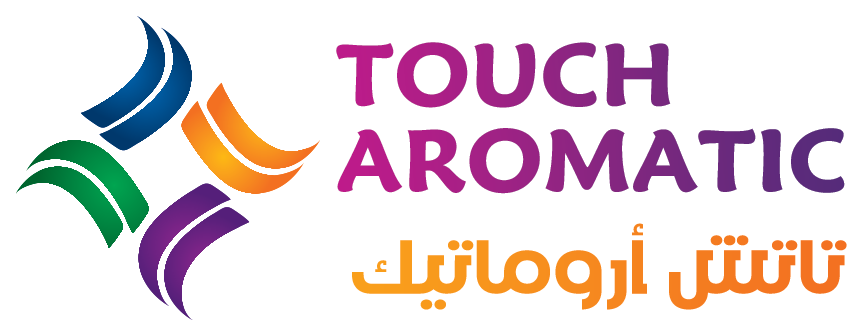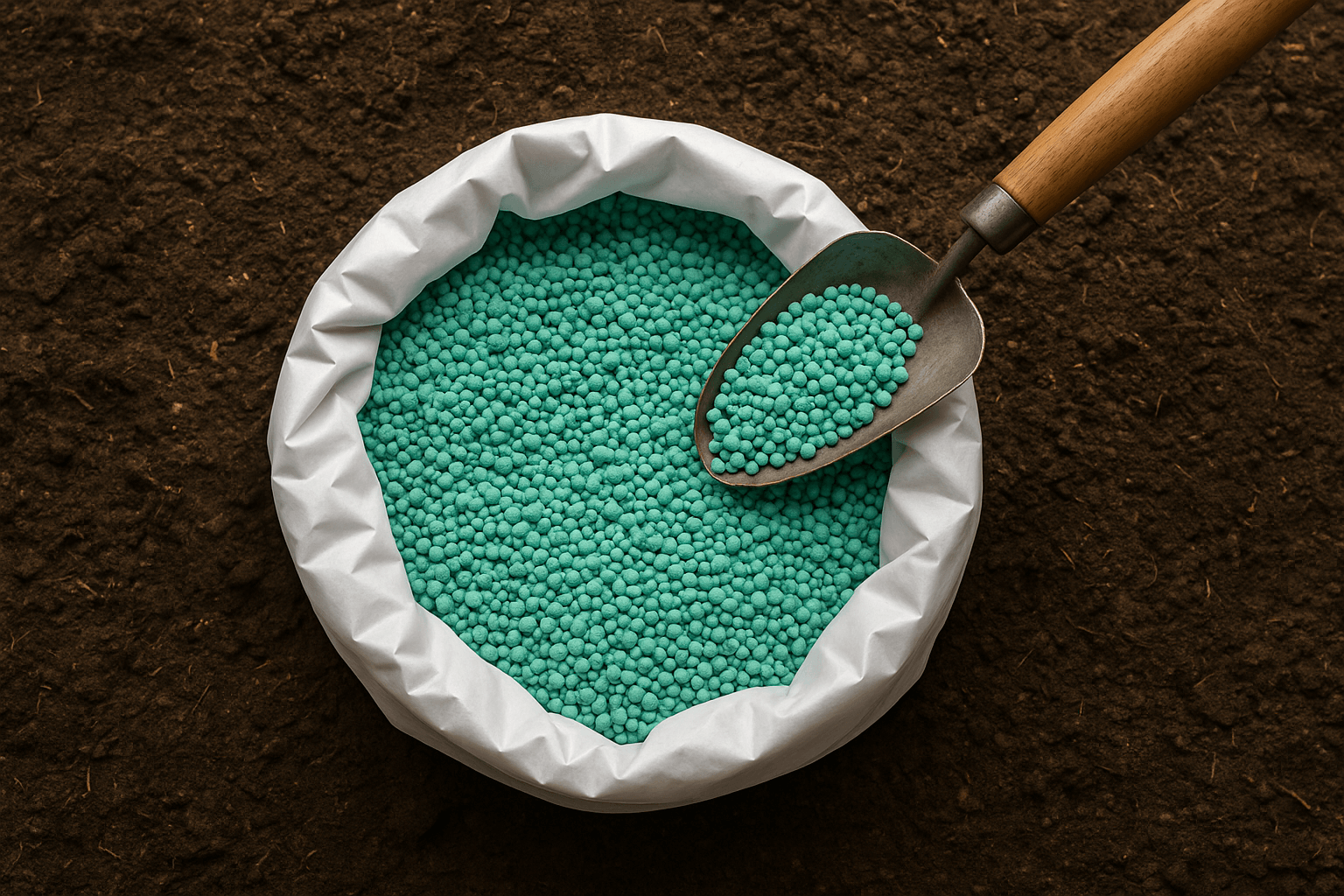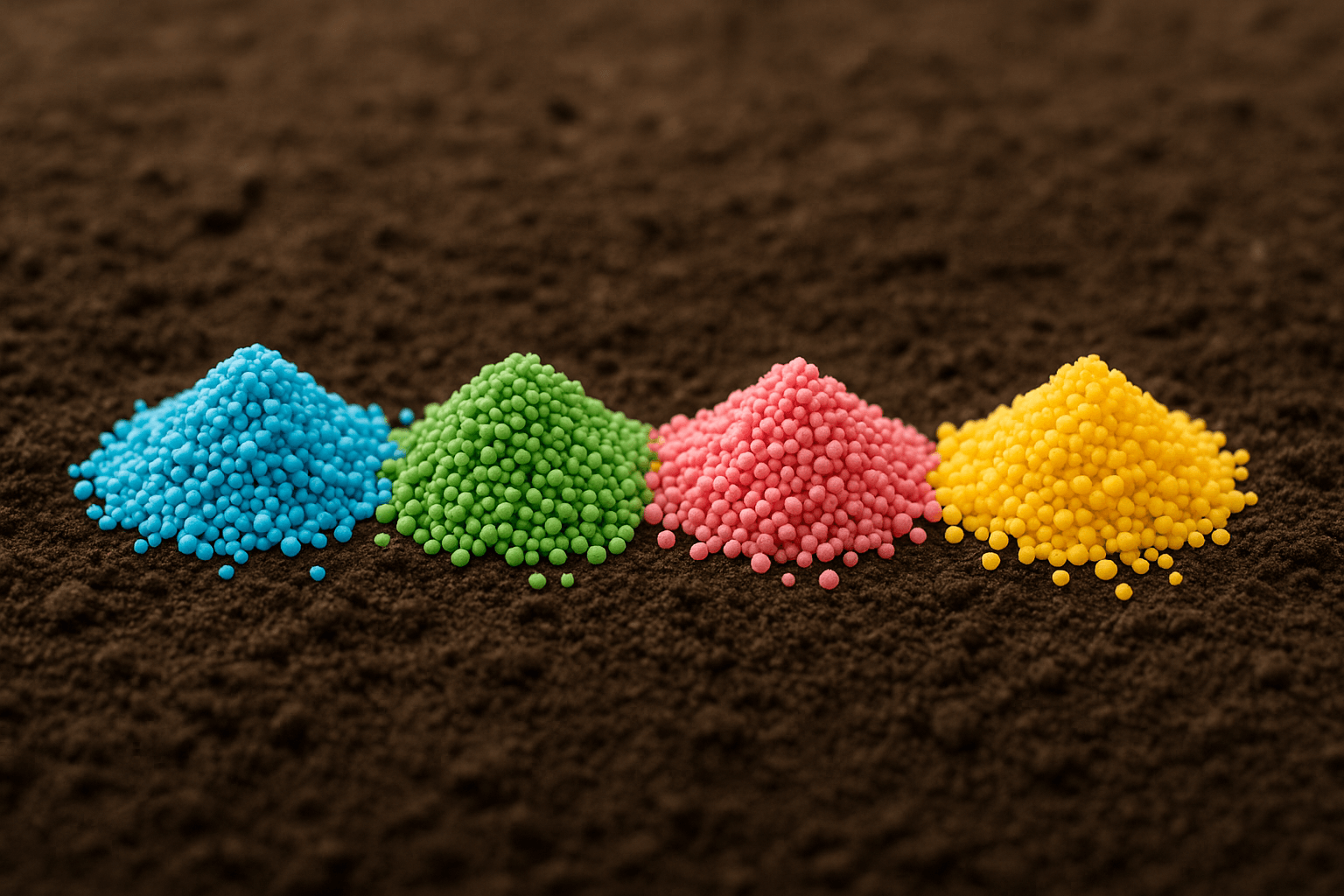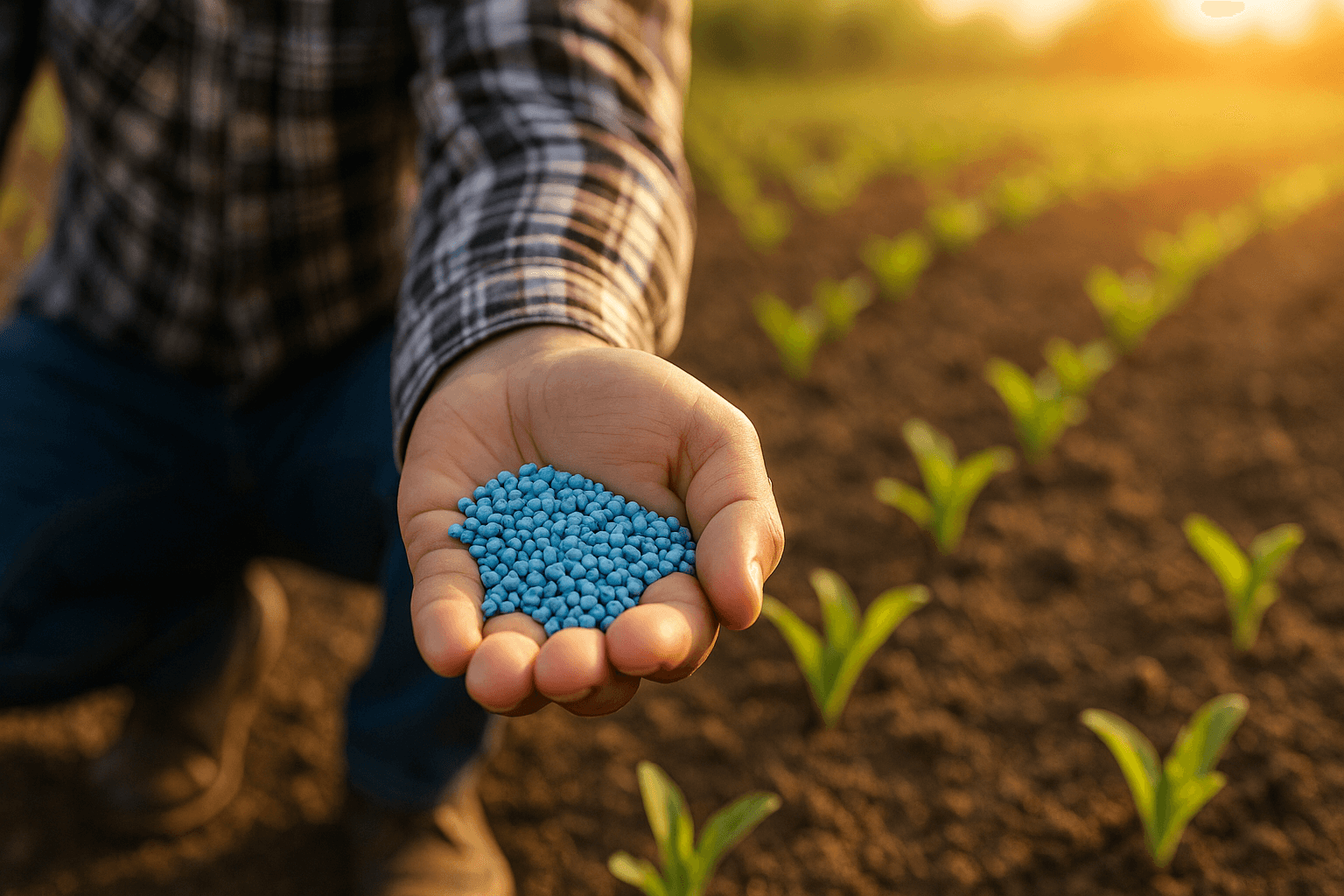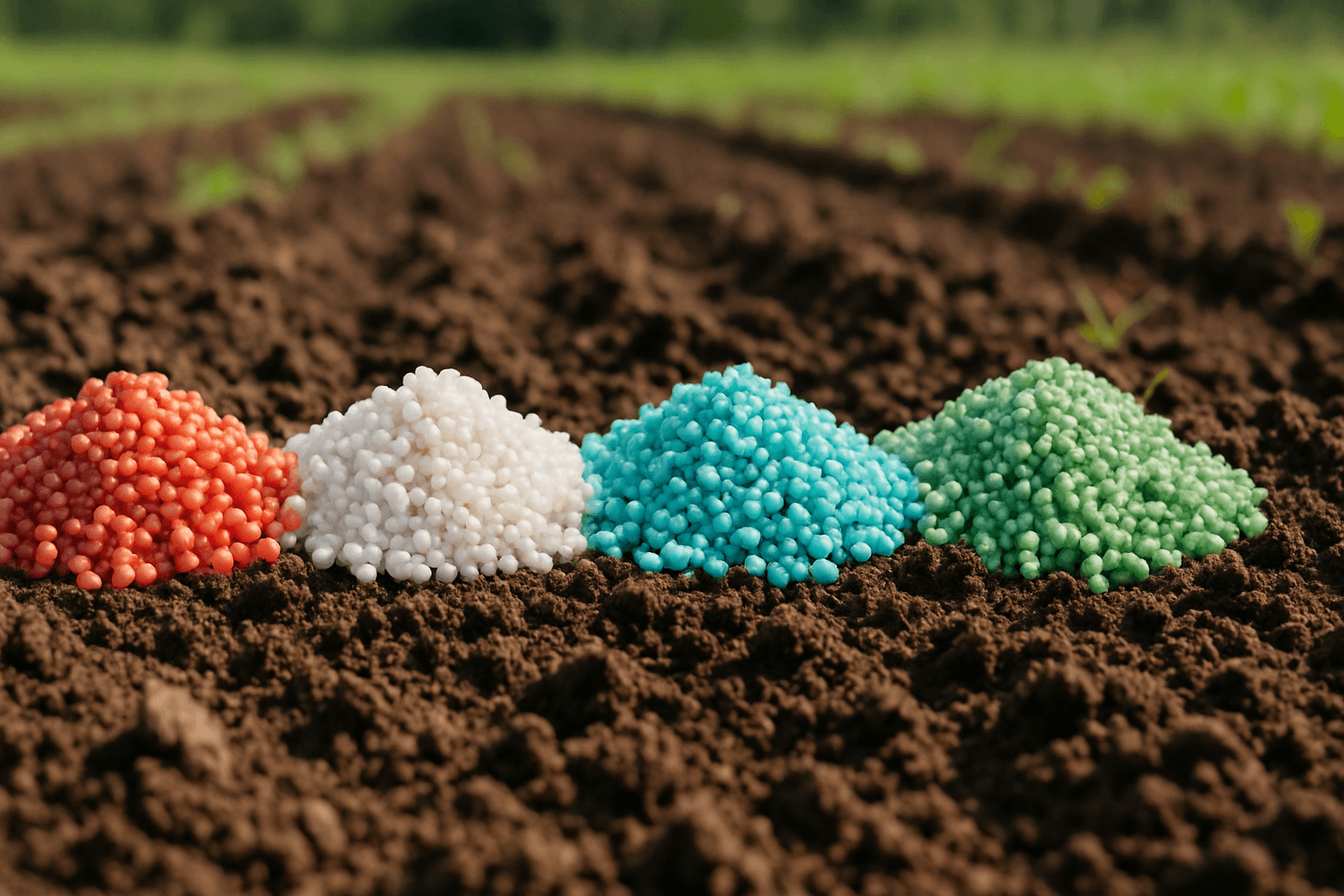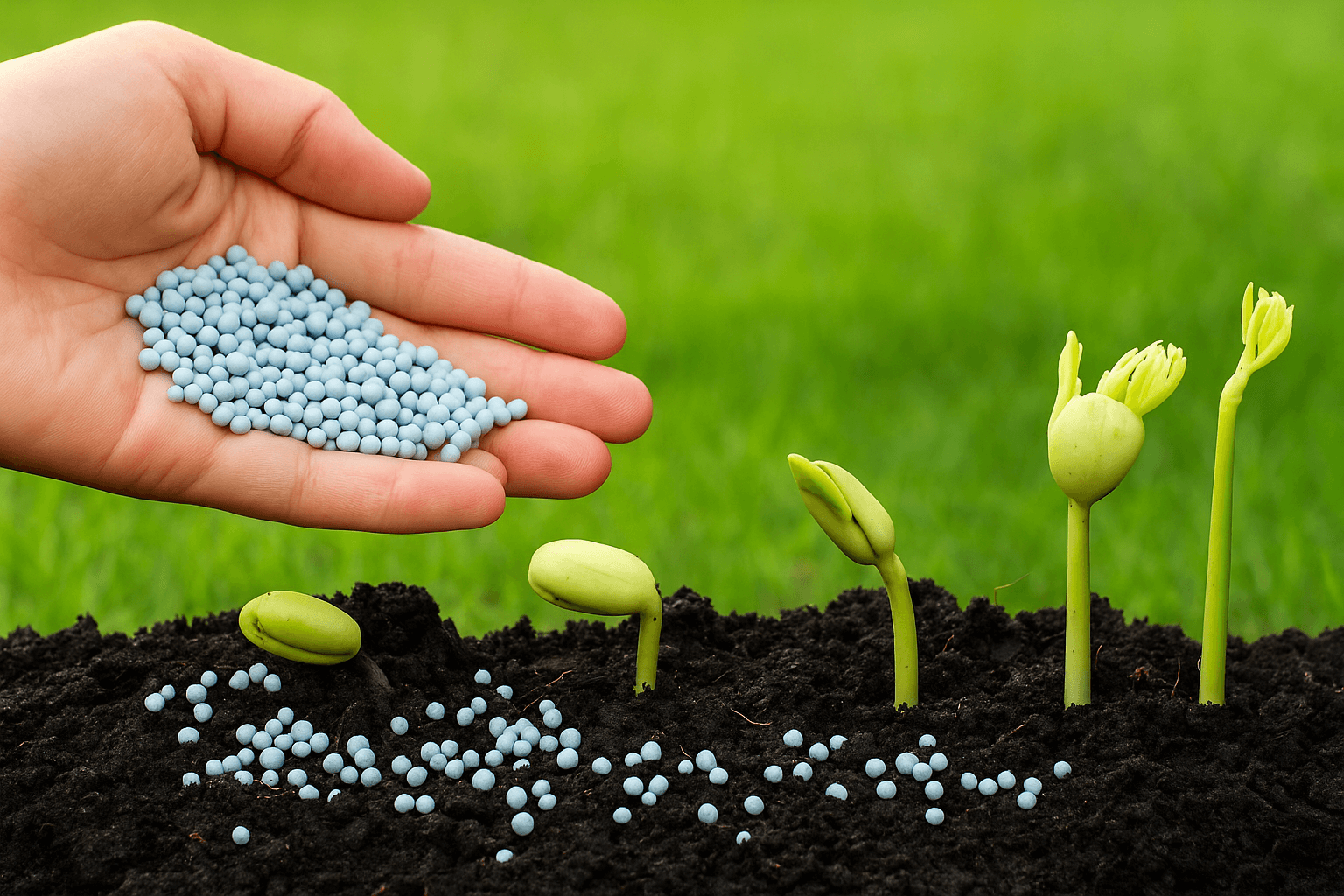In the world of modern agriculture, fertilization is no longer a routine step—it has become a precise science that relies on a comprehensive understanding of each product’s composition and its compatibility with plant and soil needs. Among the aspects that many farmers might overlook, yet carry great significance, are fertilizer colors. Over time, and with advancements in agricultural industries, each fertilizer color has come to represent a specific chemical makeup and agricultural purpose.
Whether you're a seasoned farmer or a newcomer to agriculture, understanding the meaning of fertilizer colors is a key step to ensuring optimal use and achieving the best production results. Blue might indicate a specific group of macronutrients, green often signals the presence of micronutrients, while pink may reflect a balanced blend ideal for flowering stages.
In this article, we take you on a comprehensive journey through the meanings behind different fertilizer colors, their relation to product composition, and their role in various growth stages. We'll also explain how color can serve as your first guide when selecting the right fertilizer for your crops, and shed light on the environmental impact of color additives. All presented in a simple scientific tone that bridges theory and practical field knowledge.
Why Do Fertilizers Come in Different Colors? A Look at Chemical Composition
When you browse fertilizer shelves in agricultural stores, you’ll quickly notice the variety of fertilizer colors. These differences are not random—they are directly related to the fertilizer’s chemical makeup and the nutritional elements it contains. Each color often reflects the presence of specific compounds that play a distinct role in plant nourishment.
For example, blue fertilizers usually contain high levels of nitrogen and phosphorus, which are known to promote leaf and root growth. Green fertilizers, on the other hand, often indicate a higher concentration of micronutrients like zinc or iron, which are crucial in stimulating photosynthesis.
Color differences serve as a visual guide for farmers to understand the essential elements in a fertilizer, helping them choose the most suitable type for each plant growth stage and specific crop needs.
Common Fertilizer Colors and Their Meanings
Among the most common fertilizer colors found in agricultural markets, four stand out, each representing a distinct composition and agricultural application:
Blue fertilizer: Commonly used during vegetative growth stages, as it’s rich in nitrogen and phosphorus. It promotes leaf production and increases plant biomass.
Green fertilizer: Often contains micronutrients such as iron and manganese. It's helpful for treating nutrient deficiencies and improving photosynthesis. Best suited for plants needing fast support without impacting flowering.
White fertilizer: Usually indicates potassium or uncolored organic matter, used to enhance flowering and fruit quality, especially in fruit-bearing crops.
Pink or red fertilizer: Typically contains a balanced nutrient mix, used in flowering and fruiting stages to strengthen the plant and increase productivity.
Understanding the meaning of fertilizer colors allows for smarter selection at the right time, leading to better agricultural results and cost savings in the long run.
What Each Fertilizer Color Tells You About the Plant or Soil Type
Choosing the right fertilizer isn’t just about the crop type—it also depends on the soil type, its fertility level, and its nutrient needs. This is where fertilizer colors become a guiding tool to identify the most suitable nutritional composition.
In sandy soils that lack nutrients, blue fertilizer is ideal to replenish macronutrient deficiencies. These soils absorb nutrients quickly, so they need high-content fertilizers.
Clay soils, which retain water and nutrients for longer, respond better to white or pink fertilizers rich in potassium, supporting flowering and fruit development.
For leafy vegetables like lettuce or arugula, blue fertilizers are suitable for promoting foliage growth, while green or pink fertilizers are better for ornamentals or fruit crops that need support for color development and flowering.
Understanding the meaning of fertilizer colors in the context of plant and soil type ensures precision, saves time and effort, and improves yield quality
Does Color Affect Fertilizer Quality and Efficiency?
Some may assume that fertilizer color is just for appearance or product distinction, but in many cases, color reflects the fertilizer’s formulation, thus influencing its quality and effectiveness. It’s important to distinguish between natural color from active compounds and artificial colors used for branding.
In some products, color directly results from specific nutrients. For example, fertilizers rich in copper or iron may appear green or brown due to the natural color of these elements, enhancing absorption efficiency and supporting growth rates.
However, in other cases, synthetic dyes are added without nutritional value. That’s why farmers should not rely solely on color—it's important to check the technical label and confirm the actual content for the most effective application.
Ultimately, understanding the meaning of fertilizer colors should go hand-in-hand with reading product details to ensure the fertilizer matches the crop’s and soil’s needs.
How to Choose the Right Fertilizer Color for Your Crop
Choosing the right fertilizer color is not about aesthetics—it’s a critical decision based on plant requirements and growth stages. Each color reflects a specific set of nutrients, and knowing the meaning of fertilizer colors can greatly enhance productivity.
The first step is identifying your crop type:
For leafy plants like lettuce or spinach, use blue fertilizers rich in nitrogen for vigorous leaf development.
For fruit-bearing plants like tomatoes or strawberries, opt for pink or white fertilizers high in potassium and phosphorus to support fruiting.
Secondly, consider the growth phase. Plants need root and leaf support in early stages, while flowering and fruiting require different nutrient balances—thus different fertilizer colors.
Some fertilizers offer balanced blends, often in pink or purple, suitable for uncertain conditions or when crop needs are not clearly defined.
Choosing fertilizer based on color is both an art and a science. It requires understanding the formulation and aligning it with your crop’s needs for maximum benefit.
The Impact of Artificial Colors in Fertilizers on the Environment and Agriculture
As the use of artificial colors in fertilizers increases for branding or visual appeal, concerns have grown about their impact on soil health and crop safety. While color helps in identifying fertilizer types, it must be used responsibly.
Some manufacturers use eco-safe coloring agents that don’t harm the soil or crops. However, low-quality synthetic dyes can accumulate as non-biodegradable substances, harming beneficial soil microbes and reducing soil fertility over time.
From an agricultural standpoint, fertilizers with colors not linked to nutrient content offer no real value to the plant. It’s better to choose organic fertilizers or those whose colors result from the natural chemical composition, to maintain both productivity and environmental sustainability.
Understanding the meaning of fertilizer colors requires careful attention to what each color really signifies, beyond just appearance. Farmers should read product labels and trust only certified, reliable sources.
Farmer Tips: How to Read Fertilizer Labels and Understand Color Codes
Many farmers select fertilizers based on past habits or general advice, but reading the label carefully provides accurate insights that can significantly improve farming results. Aside from the product name, important clues include color codes, NPK ratios, and usage instructions.
The color—often featured prominently—reflects the fertilizer's composition, as previously discussed. Most packaging also contains a nutrient breakdown of nitrogen (N), phosphorus (P), and potassium (K)—the three primary components.
Labels also include usage guidelines: dosages by crop type, application methods (water-soluble, direct spread, soil injection...), and frequency. Ignoring these can result in over- or under-fertilization, harming crops and soil.
So, don’t rely on color alone. Always read the full label, and ensure the product is certified by recognized authorities. This deeper understanding of the meaning of fertilizer colors helps you make better decisions that improve yield quality and farm sustainability.
Conclusion
With so many fertilizer types and colors on the market, modern farmers must look beyond appearances and develop a clear understanding of what each color really means. Fertilizer colors are more than marketing—they are clues to the formulation, nutrient profile, and intended use of the product.
This article has clarified how each color plays a specific role in the plant’s life cycle and how interpreting labels and usage instructions enhances productivity, reduces waste, and supports long-term sustainability. We've also highlighted the importance of avoiding excessive artificial coloring, and choosing fertilizers from trusted sources with transparent formulations.
Smart farming doesn’t start with advanced tools—it starts with informed decisions, like choosing the right fertilizer. Let color guide your understanding—not just your eyes—and always aim for what truly nourishes your soil and elevates your crops.
